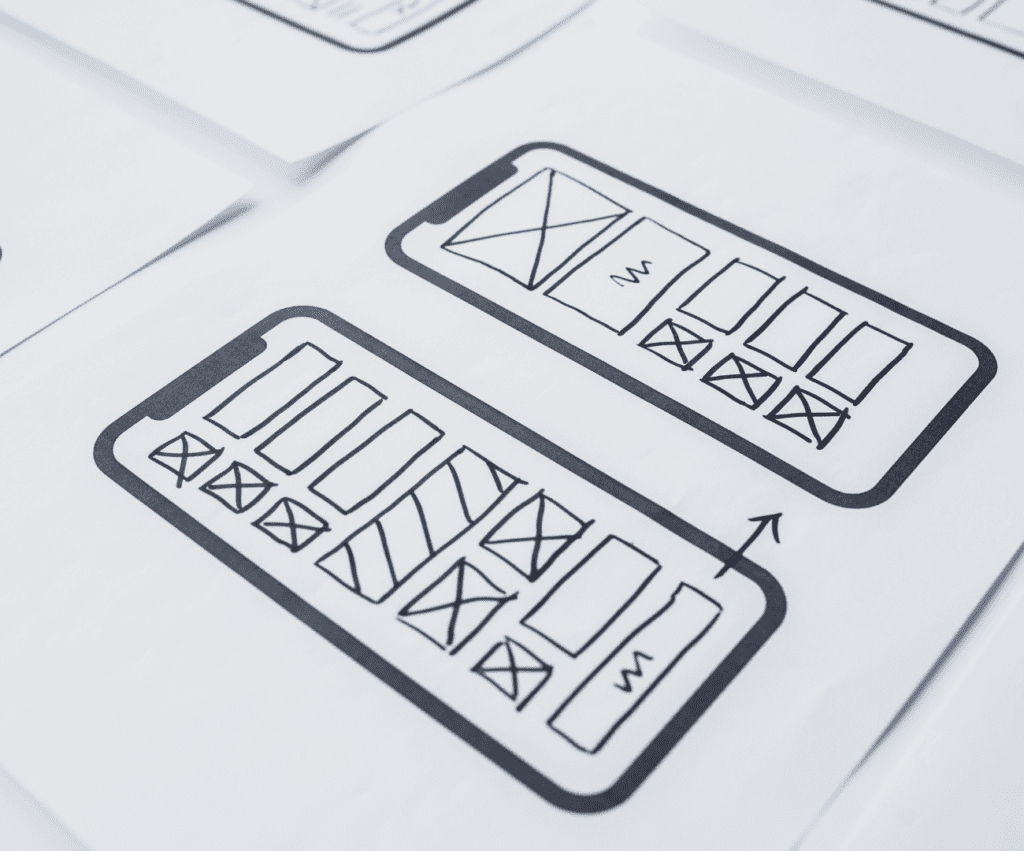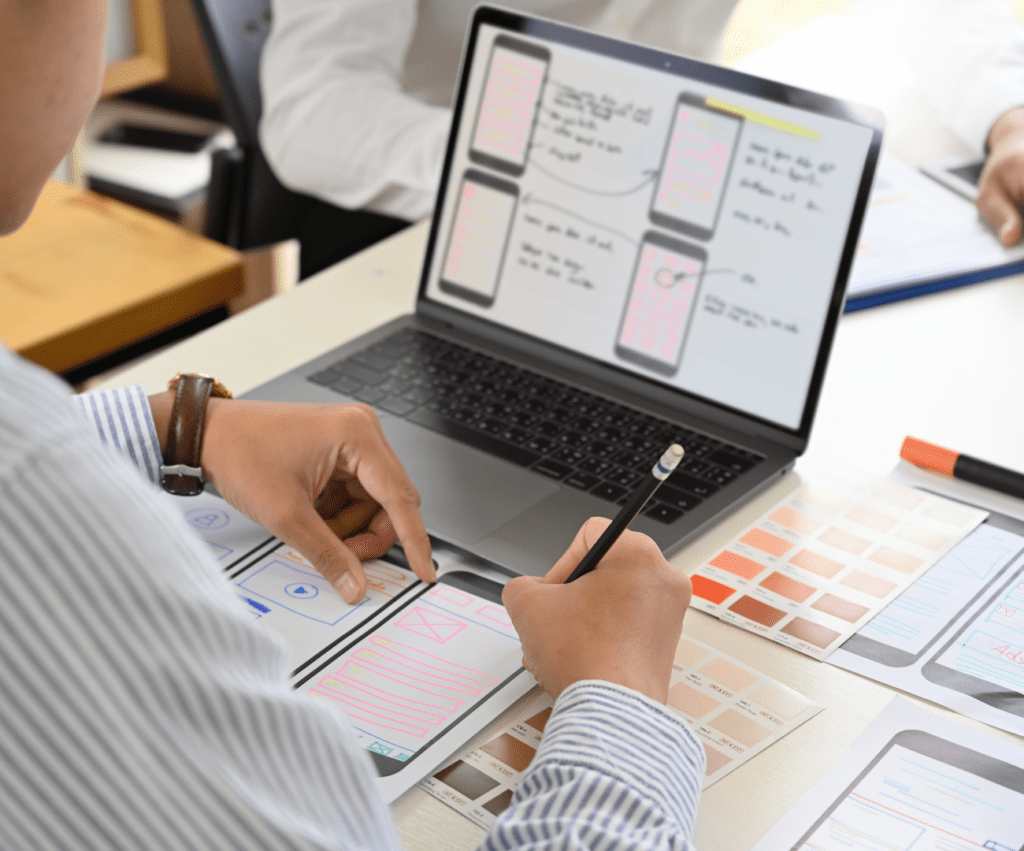Human centered design is an approach to problem-solving and innovation that places the needs and experiences of users at the core of the design process.
In this article, we will explore the definition of human-centered design, discuss its importance, and provide examples of its application.
Defining Human Centered Design

Human-centered design is a design approach that prioritizes understanding the needs, behaviors, and preferences of users to create solutions that address their specific challenges.
It involves actively involving users throughout the design process, from research and ideation to prototyping and testing.
Importance of Human-Centered Design

It offers several important benefits and advantages for both designers and end-users.
- User Empathy And Understanding
By placing users at the center of the design process, human-centered design emphasizes the importance of empathy and understanding.
Designers gain insights into the lived experiences of users, enabling them to create solutions that truly meet their needs and aspirations.
This leads to products and services that resonate with users and have a higher chance of adoption and success.
- Improved User Experience
It focuses on creating positive user experiences by addressing pain points, improving usability, and enhancing satisfaction.
By involving users early on and continuously iterating based on their feedback, designers can develop intuitive and user-friendly solutions.
This, in turn, leads to increased user engagement and loyalty.
- Innovation And Creativity
The human-centered design encourages designers to think outside the box and explore unconventional solutions to user problems.
By deeply understanding users’ needs and behaviors, designers can uncover new opportunities and develop innovative products and services that truly resonate with their target audience.
Human Centered Design Process

The human centered design process typically follows these key stages:
- Empathize
This stage involves conducting user research and immersing oneself in the users’ context to gain a deep understanding of their needs, challenges, and aspirations.
- Define
In this stage, designers analyze the research findings and define the problem they are trying to solve.
They create user personas and establish clear design goals and objectives.
- Ideate
During the ideation stage, designers generate a wide range of ideas and potential solutions to address the defined problem.
Brainstorming sessions and collaborative workshops are often used to foster creativity and innovation.
- Prototype
Designers create low-fidelity prototypes to visualize and communicate their ideas.
These prototypes can be in the form of sketches, wireframes, or even physical models, allowing designers to gather early feedback from users.
- Test
In the testing stage, designers gather user feedback on the prototypes to evaluate their effectiveness, usability, and desirability.
This feedback informs further iterations and refinements.
Examples Of Human Centered Design
Examples Of Human centered design are applied in various industries and sectors. For example:
- Apple iPhone
Apple’s iPhone revolutionized the smartphone industry by focusing on user needs and experiences.
The intuitive interface, touchscreen technology, and user-friendly design were all outcomes of a human-centered design approach.
- Airbnb
By understanding the needs and desires of both hosts and guests, Airbnb created a platform that disrupted the hospitality industry.
The platform’s success can be attributed to its emphasis on user-centered experiences and building trust between users.
Design Thinking Vs. Human Centered Design
Let’s now talk about design thinking vs human-centered design.
They are both closely related concepts.
Design thinking is a broader framework that encompasses various design approaches, including human-centered design.
While design thinking emphasizes problem-solving and creative thinking, human-centered design specifically prioritizes the needs and experiences of users throughout the design process.
Final Thoughts
Human centered design prioritizes users by placing them at the core of the design process, ensuring their needs and experiences are central to the solutions created.
By empathizing with users and involving them throughout, human-centered design leads to impactful and user-centric outcomes.


